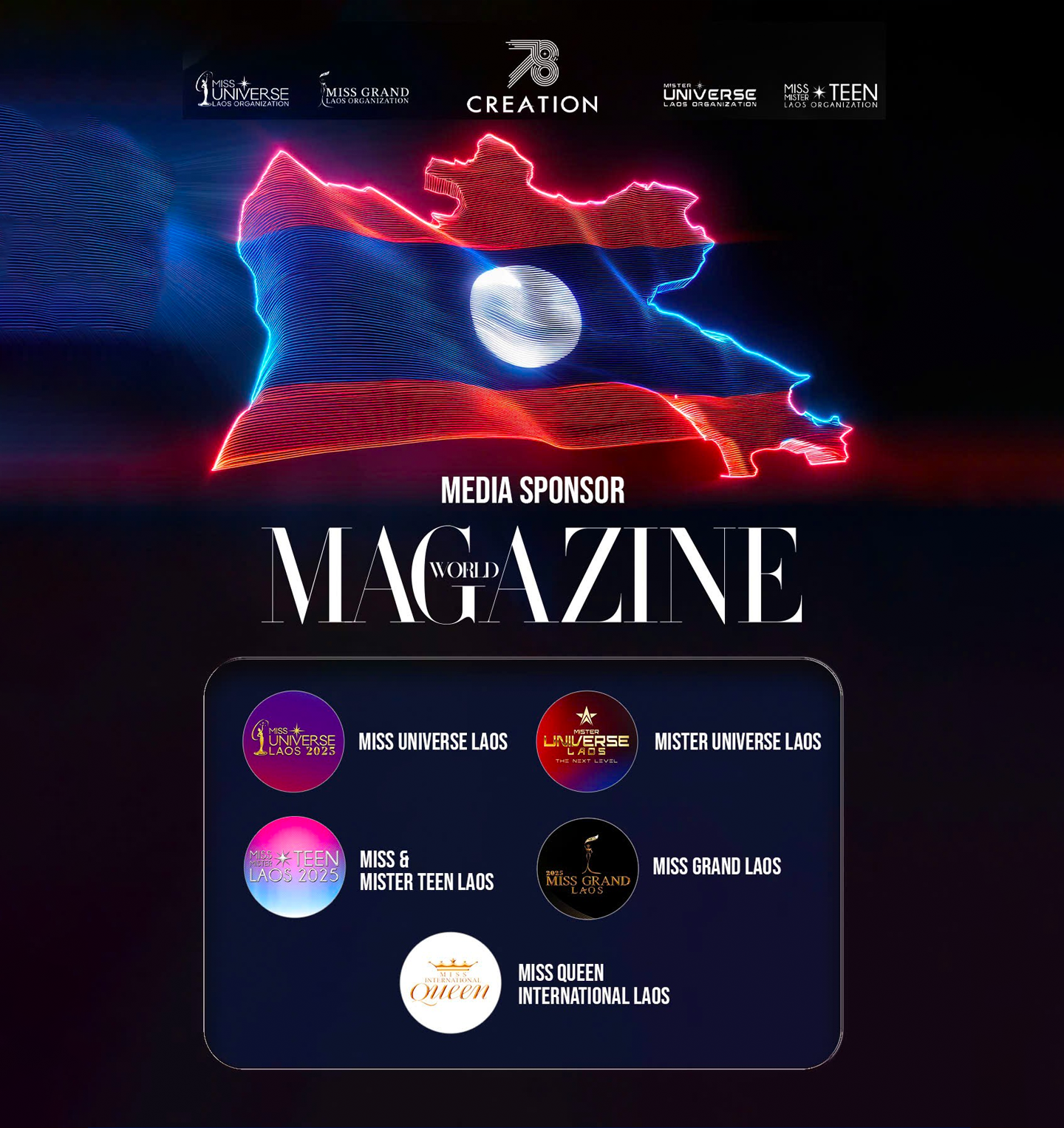When Alexander McQueen introduced the skull scarf in 2003, it was more than just a piece of silk—it was a declaration of defiance, beauty, and mortality. Two decades later, this macabre motif still haunts runways, necklines, and fashion consciousness, becoming one of the most enduring accessories of the 21st century.
A symbol born of beauty and death
The skull scarf made its debut in McQueen’s Spring/Summer 2003 collection, fluttering down the runway like a specter. Its stark, symmetrical pattern of white skulls on a jet-black background was instantly arresting. But in the hands of McQueen, who had long used death and decay as poetic tools, the skull was not just a gothic cliché—it was a memento mori.

McQueen had often spoken of death as both an ending and a beginning, and the skull scarf captured this tension in a wearable form. Inspired by the reliquaries and anatomical studies that fascinated him, the scarf distilled his darker preoccupations into something elegant, even ethereal. It was both a provocation and an invitation—into his world, into his vision.
An accessory for the fashionable outsider
Celebrities and fashion insiders quickly took note. Kate Moss wore it knotted at the throat, Sarah Jessica Parker draped it over silk dresses, and Nicole Richie made it a festival mainstay. Its appeal lay in its versatility—grungy yet refined, rebellious yet classic.
The skull scarf became a kind of secret handshake among McQueen’s devotees. It said you understood fashion not just as adornment but as attitude. Wearing it was not about morbidity; it was about confronting life’s impermanence with style. In a moment when fashion was leaning heavily into boho and polish, McQueen’s scarf stood out as something beautifully brutal.
A motif that transcended trend
Though its popularity surged in the mid-2000s, the skull scarf has never truly faded. Part of that endurance lies in the way McQueen, and later Sarah Burton, refused to let it stagnate. The scarf has been reissued in dozens of colors, fabrics, and silhouettes—from silk twill to modal cashmere, from square formats to elongated stoles. It has appeared on bags, sneakers, and even jewelry, but it always comes back to the scarf: soft, sharp, unmistakable.
It also helped that the skull became an emblem for the brand itself, much like the YSL logo or Chanel’s camellia. While McQueen’s collections constantly evolved—from Romantic nationalism to cyber-paganism—the skull offered continuity. It was the fixed star in his shifting universe.
Why it still matters
In a post-McQueen era, when fashion often wrestles with sustainability, nostalgia, and emotional resonance, the skull scarf feels surprisingly current. It reminds us that fashion can be profound as well as pretty, that an accessory can carry both aesthetic and existential weight.

More than a collectible or a flash of past cool, the McQueen skull scarf is a reminder of how personal fashion can be. It can make you feel fierce, romantic, melancholic, or all three at once. And in an industry always looking forward, it proves that some ideas—especially those born of vision and vulnerability—never truly die.







